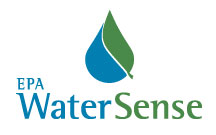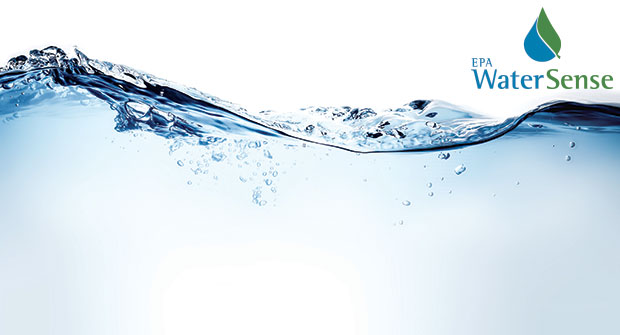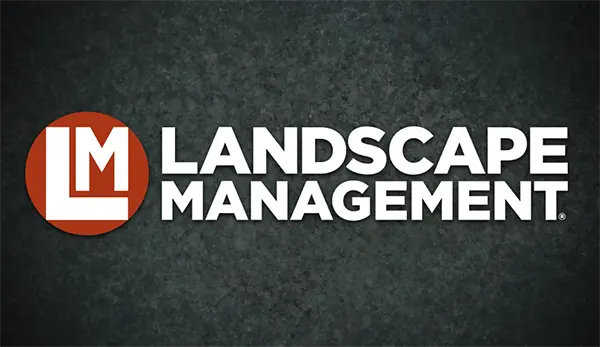 The EPA’s WaterSense program has placed the topic of water conservation on the forefront for 10 years and counting.
The EPA’s WaterSense program has placed the topic of water conservation on the forefront for 10 years and counting.
In its 10 years, WaterSense, a partnership program sponsored by the U.S. Environmental Protection Agency (EPA), has helped save 1.5 trillion gallons of water and $32.6 billion in water and energy bills for consumers across the country.
The program has established partnerships with 1,700 manufacturers, retailers, distributors, state and local governments, utility agencies, home builders and trade organizations that have an interest in efficient water use. It has certified 2,200 irrigation professionals to design, install and maintain efficient irrigation systems. Perhaps most importantly, the program has placed the topic of water conservation on the forefront and has inspired irrigation contractors to make long-term changes toward sustainable water use.
“Very few people were taking about water conservation 10 years ago and a great many are talking about it now,” says John Taylor, president and CEO of Taylor Irrigation Service in Houston. “The WaterSense program has raised the bar and has created the momentum and synergy to allow the right people to put water conservation on their shoulders and carry it forward.”
The WaterSense program, which celebrated its 10th anniversary in June, was established by the EPA in 2006 with a mission to protect the future of the nation’s water supply by offering simple ways to use less water. Through water-efficient products, homes and services, the program helps consumers make smart water choices, which save money and maintain high environmental standards without compromising performance. The WaterSense label appears on products and services certified to be at least 20 percent more efficient than their traditional counterparts. Many people compare it to the EPA’s Energy Star label, which identifies energy-efficient products, homes and buildings
“I’m proud that the WaterSense label has become an international symbol that consumers and businesses can rely on for superior performing water efficiency products,” writes Joel Beauvais, deputy assistant administrator for the EPA’s Office of Water, in a recent blog post on the EPA’s website. “Through the power of partnerships, the WaterSense program has transformed the marketplace for products that save water, save Americans money and protect the environment.”
An EPA official could not be reached for comment for this story.
WaterSense offers programs and online resources for contractors looking to practice sustainable irrigation, including WaterSense certification programs. Contractors can be certified in three areas: irrigation system design, system installation and maintenance, and system auditing. WaterSense certification programs are offered by regional and national certifying bodies throughout the country, such as the California Landscape Contractors Association, the Texas A&M School of Irrigation and the Irrigation Association (IA).
“I think it has been a healthy and collaborative partnership,” says Brent Mecham, industry development director for the IA. The association was recognized as a WaterSense Partner of the Year award two years in a row.
Taylor, whose $1.2-million company offers 60 percent irrigation to an 80-percent residential clientele, was selected as the WaterSense Partner of the Year in 2013. The company was recognized for moving its entire business model away from traditional irrigation system installations and toward efficient systems and smart technology.
“If we are serious about water conservation we needed to stop offering systems that waste water,” Taylor says. “We were selected for having the vision and the courage to lead by example and to move forward doing the right thing, even if that meant changing the way we do business.”
The biggest challenge was learning how to sell these more efficient, more expensive systems. The company previously considered smart systems to be the top-of-the-line option. When homeowners were given the choice, Taylor says they would typically choose the mid-level option that was cheaper to install but more costly to operate in the long term. He had to focus on selling the return on investment to get homeowners to understand the benefits of the more efficient systems.
“We had to reevaluate how we sell and promote irrigation,” Taylor says. “One of the mistakes we were making was we were banking on people wanting to go green and care for environment. And I think people do, but the money speaks a lot louder than the green movement.”
Drastically changing the company’s direction seemed like a risk, but the company has since carved out a reputation for being water-conscious. It uses the educational programs and resources available on the WaterSense website, displays the recognizable WaterSense logo on the Taylor Irrigation Service website and has been a panelist during a WaterSense webinar. Taylor says the decision has been “beyond worth it.”
“Being associated with the EPA certainly adds to your reputation and validates you as a professional,” he says. “The WaterSense wave has pushed us forward. Without it we wouldn’t have the brand or the identity we have now. Our focus on water conservation and management not only sets us apart but makes us a well-respected company in our market.”
WaterSense has been very successful with its indoor water saving efforts, with products like WaterSense-labeled toilets, faucets and shower heads. So in 2016, WaterSense has taken its focus outdoors. The program has a new “Find a Pro” directory of certified irrigation professionals. It’s also drafting a WaterSense specification for pressure-regulating sprinkler bodies. “The impact of WaterSense has been helpful in creating a demand in the marketplace for better quality irrigation controllers that are capable of improving system efficiency,” Mecham says. “The market was going that way, but the EPA has been able to push it more.”
The IA works closely with WaterSense to develop protocols for how water-saving products are tested, and Mecham says that, as long as contractors embrace the new technology and commit to selling it, there is a lot of potential for contractors to make a big difference in water conservation efforts.
“We couldn’t have accomplished our successes without the strong partnership we have built with our network of partners representing all sectors of the economy,” says Beauvais. “Working hand-in-hand with these partners helps this nation protect our water supply and meet the challenges of climate change.”
For more information about how to get WaterSense-certified, read this LM Web Extra.
Feature photo: ©istock.com/PongsakornJun


